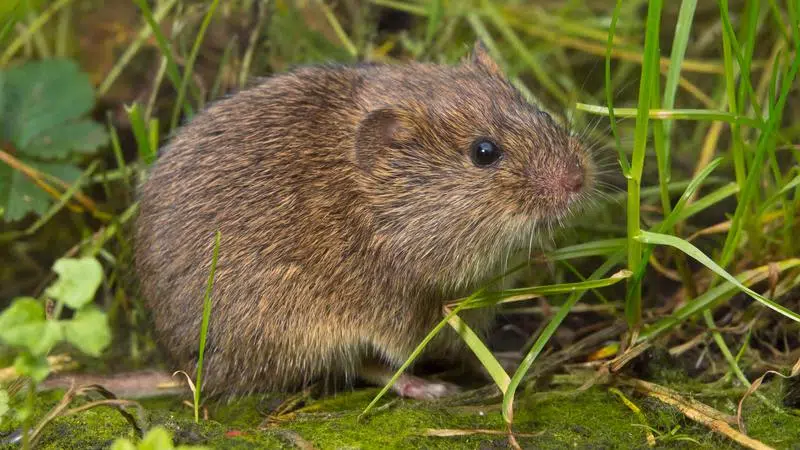
Grande Prairie area yards facing increased vole population
The miniature pests known as voles are finding their way to Grande Prairie lawns in bigger numbers this spring compared to recent years, according to the City’s Parks Department.
The small rodents, also known as meadow mice, are known to move into urban neighbourhoods in the spring as the snow melts in rural areas, leaving their nests and food sources exposed to predators and possible flooding. As inhabitants of grassy areas, urban yards become a prime nesting spot to store food and bear their spring litters. This is met with much disdain from property owners whose lawns then get chewed up, as the rodents tunnel their way to their new home.
 An example of the damage voles can do to lawns as they tunnel to make their nests (Photo: dreamstime.com)
An example of the damage voles can do to lawns as they tunnel to make their nests (Photo: dreamstime.com)Parks Supervisor with the City, Amy Needham, says this year’s population is greater than previous years because of the wet fall which left much of the crop in farmer’s fields for the winter.
